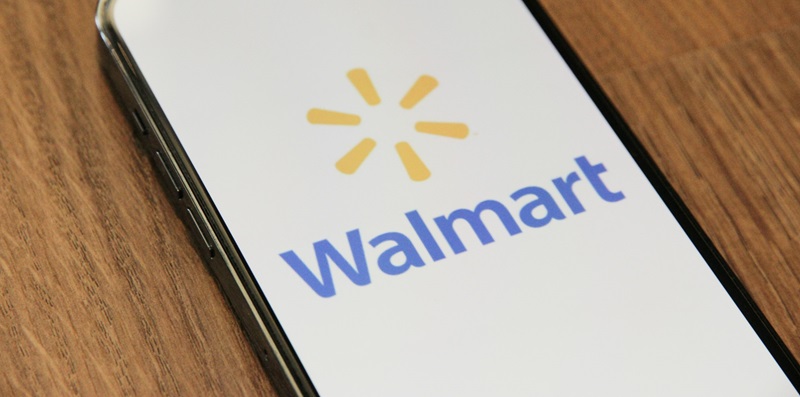Walmart’s recent $70,000 settlement for violating the Americans with Disabilities Act (ADA) has raised eyebrows in the business and legal communities. The case, involving a South Carolina Walmart store’s revocation of an employee’s electric cart accommodation, resulted in the employee being placed on unpaid leave for three years. Eventually, the Equal Employment Opportunity Commission (EEOC) intervened, culminating in this significant settlement which included job reinstatement. This outcome sends a clear message to employers everywhere about the importance of honoring reasonable accommodations and engaging in fair dialogue with employees who possess mobility impairments.
The repercussions of Walmart’s actions are far-reaching, not just in monetary terms but also in the mandatory changes to their management practices. The settlement requires the retail giant to train its managers and HR personnel annually on the ADA to prevent a recurrence of such oversights. The company’s pledge to avoid denying or rescinding reasonable accommodations without providing alternatives stands as a stark reminder that ADA compliance is a high-stakes issue, and that ignorance of the law can lead to costly consequences.
Broader Implications for Workplace Accommodations
Workplace accommodations are in the spotlight, especially as companies reassess remote work policies post-pandemic. A key issue is the removal of such accommodations without a proper dialogue with the employee, a practice brought into question by cases like Walmart’s. The pandemic has proven that remote work can be a reasonable disability accommodation, challenging old workplace standards. Now, a rise in lawsuits underscores the importance of respecting mental health conditions and personalizing workplace adjustments. The EEOC is clear: denying accommodations without a significant reason is legally difficult. Employers are encouraged to communicate with employees and consider each case individually to maintain fairness and avoid discrimination. This nuanced approach is vital in the current climate, where work arrangements are evolving, and employee rights are fiercely protected.

